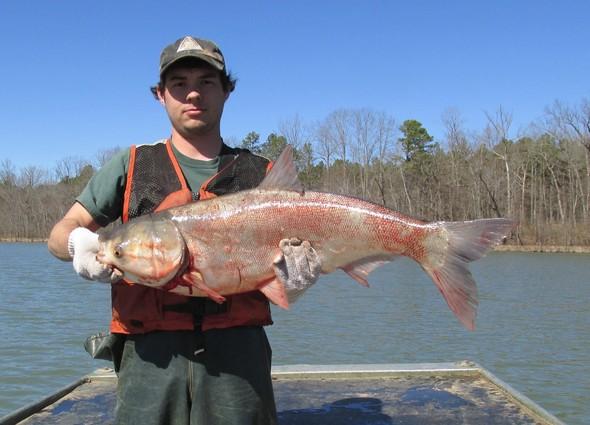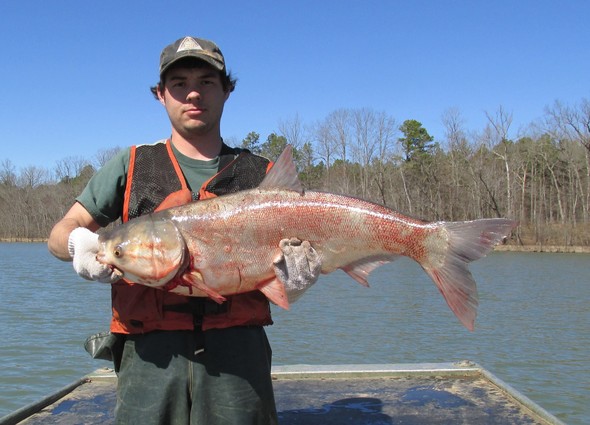
Xplor reconnects kids to nature and helps them find adventure in their own backyard. Free to residents of Missouri.


































Stay in Touch with MDC news, newsletters, events, and manage your subscription

Xplor reconnects kids to nature and helps them find adventure in their own backyard. Free to residents of Missouri.

A monthly publication about conservation in Missouri. Started in 1938, the printed magazine is free to residents of Missouri.


WAYNE COUNTY, Mo. – The Missouri Department of Conservation (MDC) announces a new regulation for anglers collecting bait from the Black and St. Francis rivers. This proactive measure is to prevent accidental bait bucket introduction of Asian carp into Clearwater and Wappapello lakes. Asian carp is a commonly used term for both bighead and silver carp, two invasive carp species that are wreaking havoc in waterways across the U.S.
By following the new regulation, anglers will help everyone who recreates at the lake by preventing the opportunity for these invasive fish to establish. Asian carp can weigh over 60 pounds and commonly jump out of the water up to six feet. This can be extremely dangerous to boaters, skiers, tubers, or anyone traveling across the water.
The new regulation goes into effect Wednesday, Aug. 30, and it states: Bait may only be collected using pole and line on the Black River in Wayne County from Clearwater Dam downstream to the Highway 34 bridge and on the St. Francis River in Wayne County downstream from the Lake Wappapello Dam to the County Road 517 bridge.
This regulation change will eliminate the use of cast nets, seines, dip nets, or minnow traps below both dams.
“It’s already illegal to use Asian carp as live bait, and we don’t think anyone is doing that purposely,” said Dave Knuth, MDC fisheries management biologist. “However, juvenile Asian carp can easily be confused with gizzard shad, which is a commonly used bait fish.”
Asian carp are documented to be present in both rivers below the dams, so the only way they would get upstream of the dam is by human introduction. This regulation will reduce the chances of accidental introduction of Asian carp into either lake.
“Anglers can still use cast nets or seines or other methods to collect bait in both lakes, just not in the restricted areas below the dams,” Knuth said.
This regulation change is the best way to prevent the spread of Asian carp. If the invasive fish would become established in these lakes, the impacts would affect all forms of recreation in the lakes and be detrimental to the native fish populations, Knuth said.
Asian carp are filter feeders and directly compete with gizzard shad and larval fishes for food. They completely disrupt the natural food chain in waterways they inhabit and they reproduce rapidly, growing to a size where they cannot be consumed by most native fish species.
“Asian carp can easily reach 12 inches in their first year of life,” Knuth said.
Also, an adult female Asian carp can produce between 600,000 to 1.6 million eggs per year and start spawning during their second year of life.
“We’re being proactive with this regulation change to avoid the simple mistake of accidentally introducing this invasive species,” Knuth said. “Elimination isn’t possible once established, but prevention is very possible.”
For more information about the new regulation, contact Dave Knuth at dave.knuth@mdc.mo.gov or Paul Cieslewicz at paul.cieslewicz@mdc.mo.gov. Both can be reached at MDC’s Southeast Regional Office at (573)290-5730. More information about Asian carp can be found at www.mdc.mo.gov.